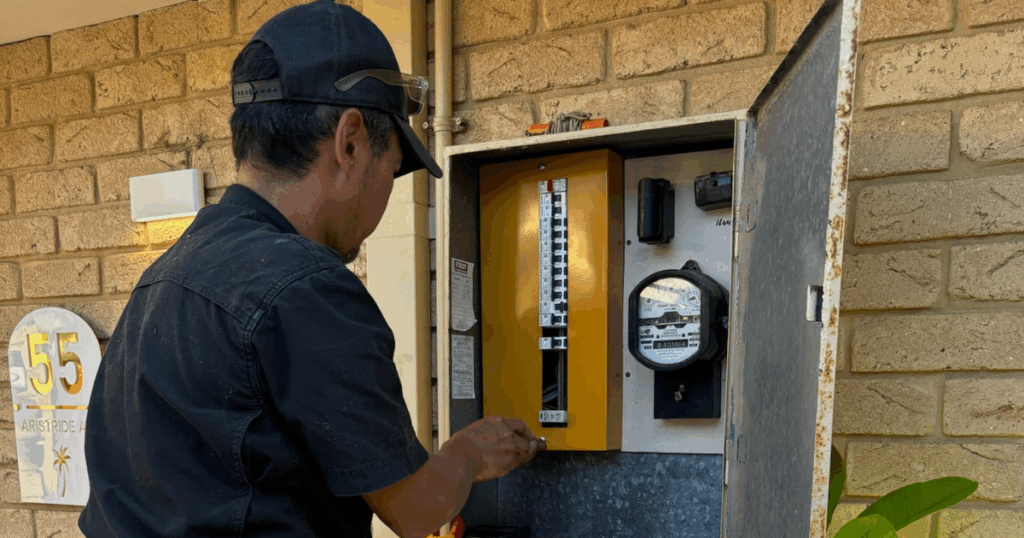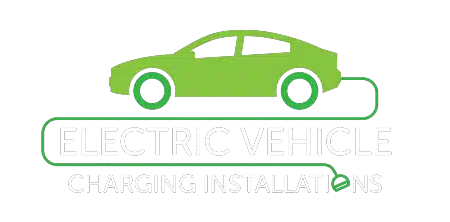Home Electrical Upgrades for EV Charging are a common concern for homeowners planning to add fast, reliable charging at home. Before you jump into major works, it’s important to understand realistic constraints, likely costs, and smarter alternatives that deliver the most value.
Why 3‑phase rewiring isn’t the simple fix you might hope for
Many homeowners assume that converting to 3‑phase power will solve all charging speed problems. Unfortunately, with a single-phase home electrical setup, it’s not as simple as just wiring it as a 3‑phase. If your incoming supply from the utility (for example, Western Power in Australia) is single-phase, converting your home to 3-phase requires a request and an upgrade from the utility. That typically means a formal quote, a new underground supply from the street, and a complete re‑configuration and rebuild of your switchboard. It becomes quite a complex and expensive installation.
For most EV owners, the marginal benefit of a 3-phase system is modest. In practical terms, switching from single-phase to 3-phase charging at home may add around 25 km/h to the charging rate for many vehicles — a helpful improvement, but not transformational when considering the work, fees, and costs associated with the upgrade.

Practical home electrical upgrades for EV charging that make sense
- Upgrade your dedicated circuit and EV charger (best first step)
- Installing a modern, correctly rated single-phase EV charger and ensuring you have a dedicated circuit with a proper breaker and wiring often yields the best return on investment. Many chargers support adjustable charging rates, so you can maximise daily charging without overloading the house.
- Improve your panel capacity and distribution (targeted, practical)
- If your switchboard is old or near capacity, selectively upgrading breakers, busbars, or subpanels can free up capacity for an EV charger without requiring a complete 3-phase conversion. This is less invasive and far cheaper than obtaining a new supply from the street.
- Consider a home battery (recommended alternative)
- When considering home electrical upgrades for EV charging and the cost of making the 3-phase change at home, it may be more sensible to install a home battery. Batteries enable load management, time-shifted charging, and can significantly reduce peak demand charges or grid draw during high tariff periods. They often deliver a greater return on investment than the costly infrastructure changes needed for 3‑phase.
- Install smart load management and time-of-use scheduling
- Load management systems let you share available power between household loads and an EV charger, preventing overloads and smoothing charging across off‑peak hours. Combined with time-of-use rates, this reduces energy costs and ensures single-phase setups are adequate for most users.
- Evaluate vehicle choice and charging expectations (manage expectations)
- Consider the EV’s onboard charger limits. Many cars will charge at similar rates, whether on high-cost infrastructure or a well-implemented single-phase system. Even with heavy daily use, an appropriately sized single‑phase setup will cover most needs.
When 3‑phase might be worth it
When it comes to home electrical upgrades for EV charging, there are scenarios where a 3-phase setup is sensible, such as commercial use, multiple high-power chargers on a single property, or specific EVs with high power acceptance that require charging as quickly as possible. For typical residential owners, especially those with a single-phase utility supply, the expense and complexity rarely justify the modest gains.
Keep this checklist handy before considering any home electrical upgrades for EV charging
- Verify your incoming service type with the utility.
- Get a qualified electrician to assess panel capacity and recommend targeted upgrades.
- Compare quotes for panel work versus battery and charger solutions.
- Check local incentives, rebates, or EV charger grants.
- Review your daily driving pattern to realistically assess charging or battery needs.
Final Thoughts
When it comes to home electrical upgrades for EV charging, you don’t need a complete 3-phase overhaul. In most cases, thoughtful, targeted electrical upgrades, smart load management, or a home battery usually deliver the best balance of cost, convenience, and charging performance.
Ready to evaluate your home’s EV charging options? Contact us for a free site assessment or request quotes for a charger and battery system — our team ensure a thorough review to provide you with the most suitable options.
Connect With Us
Electric Vehicle Charging Installations
Email: info@evci.com.au
Phone: 0491 604 384
Website: evci.com.au
Follow us on Facebook / Instagram for the latest updates.
We look forward to hearing from you and helping you make informed choices that align with your eco-conscious lifestyle.

